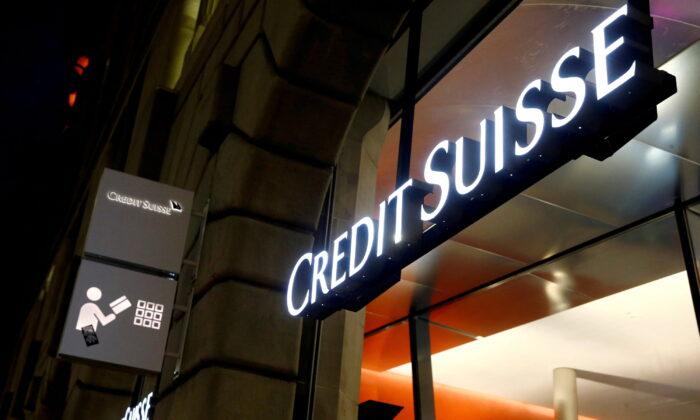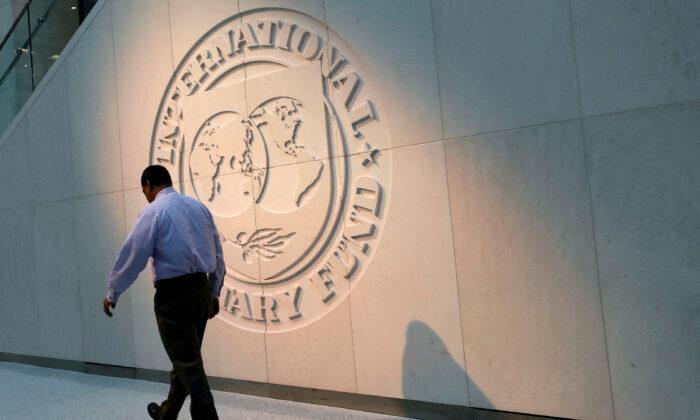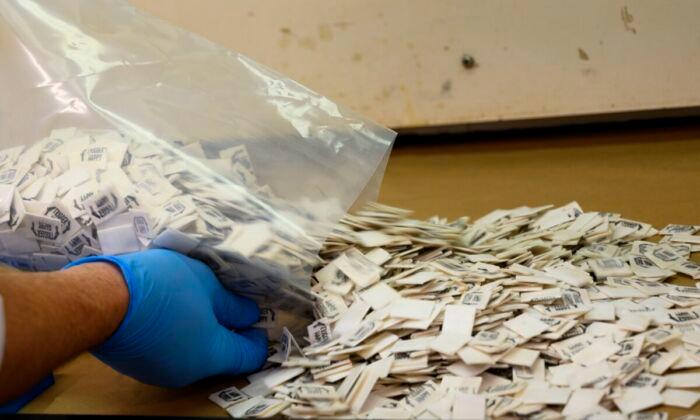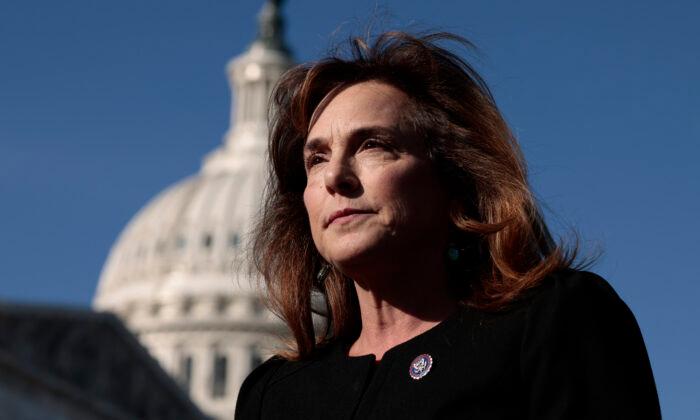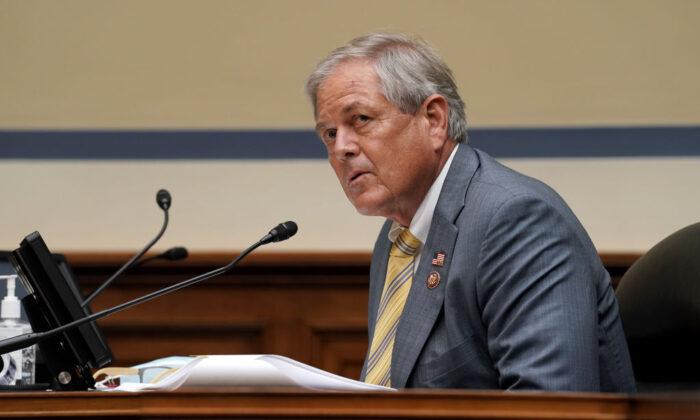Following an emergency announcement on Sunday evening, the Federal Reserve loaned the Swiss National Bank (SNB) $101 million through its dollar swap facility. If the loan is not repaid by next week, U.S. taxpayers will foot the bill, an analyst told The Epoch Times.
With its announcement over the weekend, the Fed—in coordination with key allied central banks such as the SNB, Bank of Japan, and European Central Bank—announced that it would increase the availability of its swap program, allowing daily access as opposed to weekly. “Swaps” involve short-term arrangements in which foreign central banks exchange their currency for dollars to fund dollar-denominated obligations.
On Monday, Switzerland tapped the Fed for a centi-million-dollar loan and agreed to repay it in precisely one week.
This marks the first time SNB has materially used the Fed’s swap facility since last October when it borrowed over $11 billion in one week. While some macroeconomic analysts have pointed to this week’s comparatively tiny loan as a sign that the overall financial system remains robust, there could be more under the surface.
The SNB listed 17 “participants” for October’s loan, suggesting the dollars were spread among various Swiss financial institutions. For Monday’s loan, the central bank listed just two. So—while fewer dollars entered the SNB this week compared to last year—the money was not dispersed to various banks.
According to Kevin Paffrath, an investor and founder of the real estate start-up HouseHack, the natural identities of the participants in question are Swiss banks Credit Suisse and UBS.
UBS recently agreed to purchase Credit Suisse following pressure from Swiss authorities, with the SNB promising both institutions “unrestricted access” to central bank resources.
Paffrath told The Epoch Times that SNB’s dollar swap suggests U.S. funds are helping to facilitate the acquisition. By doing so, the Fed is putting American tax dollars at risk.

Kevin Paffrath talks to his staff aboard his private plane at Camarillo Airport on March 8, 2023. Courtesy of Kevin Paffrath
“It’s borrowing from the Fed and if the loan doesn’t get paid back, the taxpayer pays,” he said. “[The Fed] is backstopped by the Treasury Exchange Stabilization Fund, which is funded by taxpayer appropriations.”
Some members of Congress, including Rep. Thomas Massie (R-Ky.), have criticized the Fed’s foreign currency swaps for their lack of transparency. For this reason, Massie has advocated for a full-scale audit of the central bank to assess how U.S. dollars are spent abroad.
Additional Fed dollars may soon make their way into the banking system, domestically and abroad, as certain private banks continue to struggle.
More Bank Failures to Come
According to Paffrath, also the creator of the investment-focused YouTube channel “Meet Kevin,” financial conditions will worsen before they improve.He predicts continued consolidation in the banking sector, precipitated by “dozens more regional bank failures over the next six weeks,” with many of these failures resulting in acquisitions by more prominent names. A large-bank hegemony will give depositors fewer choices, the investor warned.
“That means worse lending options for consumers,” he said.
As Paffrath sees it, the light at the end of the tunnel will be a reversal of Fed policy. He does not predict such a pivot at this week’s Federal Open Markets Committee hearing—where Fed Chair Jerome Powell will announce the committee’s most recent decision on interest rates—and instead thinks Powell will hike by 0.25 percent while voicing his concern of recessionary risks.
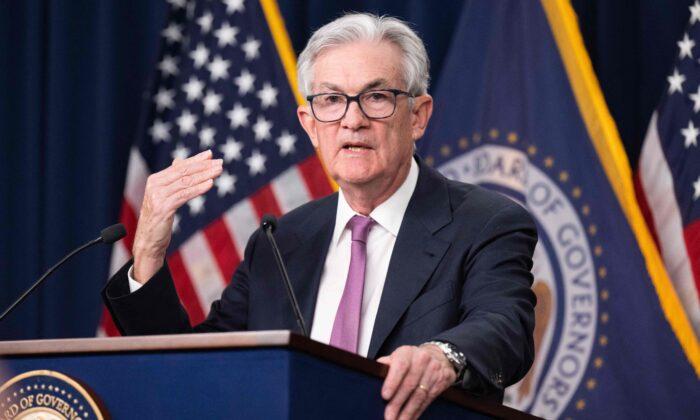
U.S. Federal Reserve Board Chair Jerome Powell speaks during a news conference in Washington on Feb. 1, 2023. Saul Loeb/AFP via Getty Images
Good news on inflation could bring about the Fed pivot that many investors are hoping for.
“As long as inflation continues to trend down, the Fed will likely start cutting rates in response to other bank failures,” Paffrath said. “The sooner treasury yields fall, the better, as the value of assets at banks would go up then, minimizing a lot of what initially caused this panic.”
Emergency Maneuver or Fed Posturing?
Other macroeconomic analysts argue that the recent change to the swap facility is a minor event. Former Royal Bank of Canada trader Kevin Muir thinks the move was simply a precautionary measure.“I think the swap line was just a ’throw everything at it in case it gets worse; situation,” he told The Epoch Times. “It doesn’t really cost them anything, so why not do it to boost confidence?”
Muir, author of The Macro Tourist newsletter, said the Fed hopes to avoid using the swap facility daily but that signaling their willingness might restore market confidence.
“It’s one of those things; if it works and makes markets more confident, it’s not needed. So it looks like you didn’t need to ever do it in the first place.”
